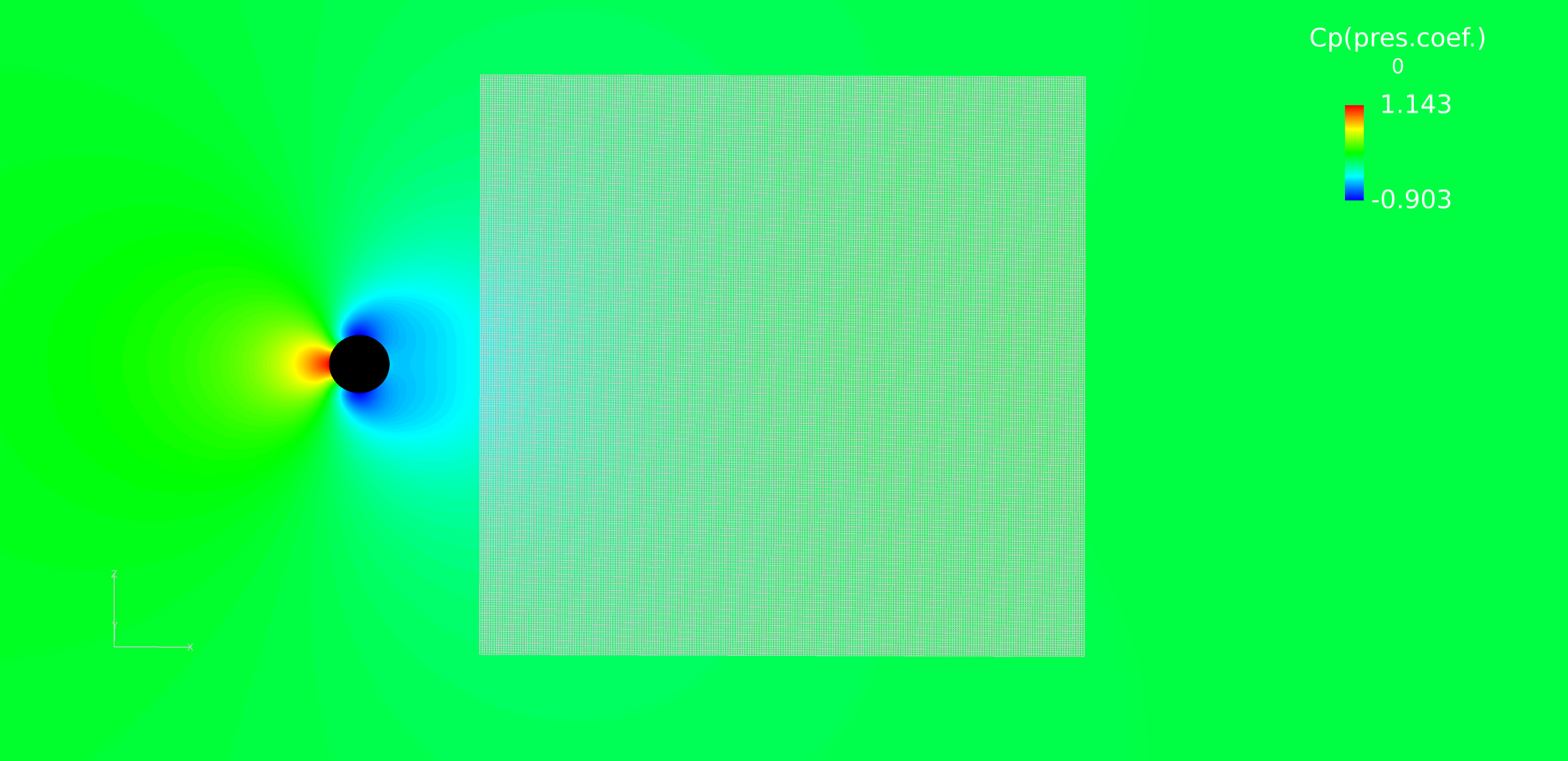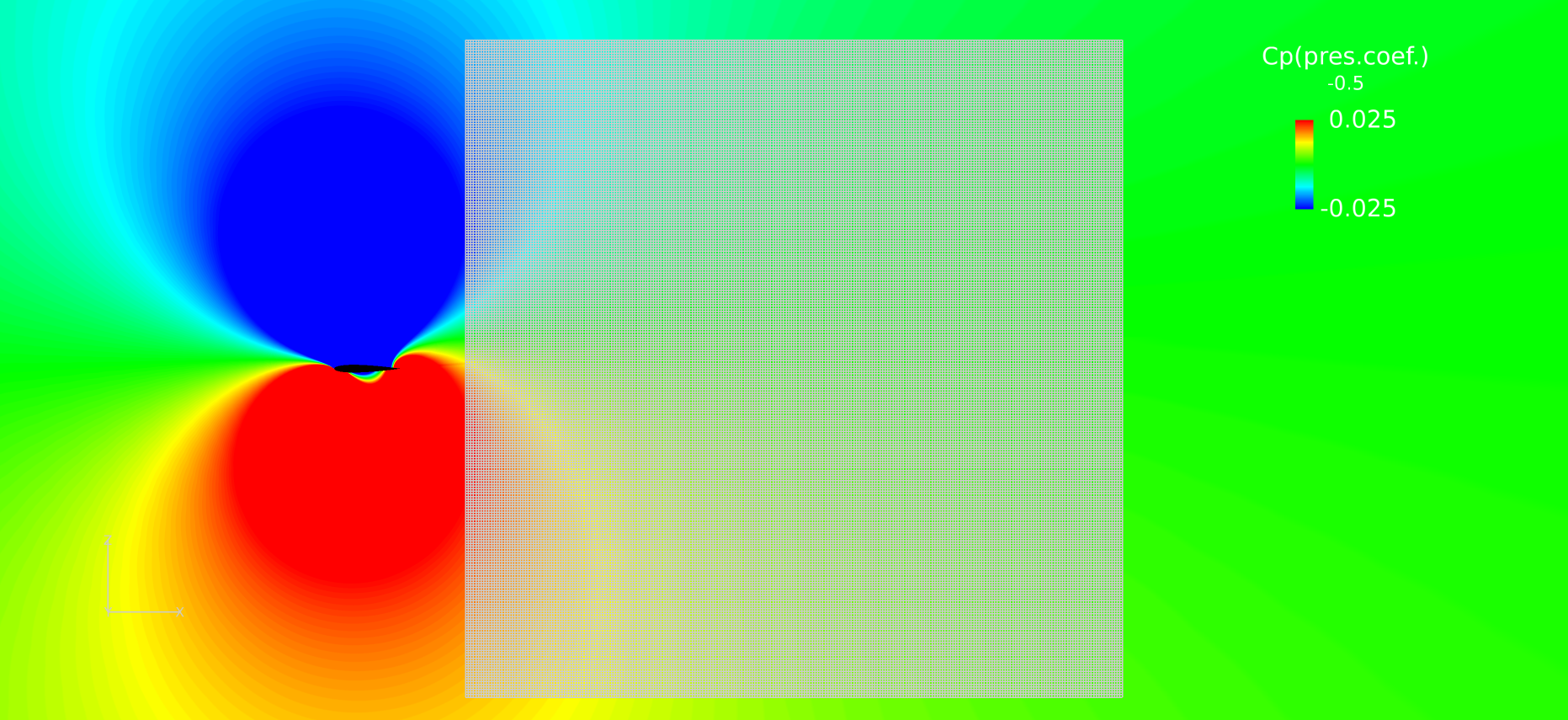Holistic approach for modeling general phenomena without relying on particular preliminary knowledge
JAXA Supercomputer System Annual Report April 2017-March 2018
Report Number: R17EA1910
Subject Category: Aeronautical Technology
- Responsible Representative: Takeshi Aoyama, Aeronautical Technology Directorate, Numerical Simulation Research Unit
- Contact Information: Shogo Goto sgoto@chofu.jaxa.jp
- Members: Masashi Kanamori, Shogo Goto
Abstract
It is important to gain a fast and accurate feedback from computational results in a design process. A traditional way of Computational Fluid Dynamics (CFD) gives physically acceptable results at the costs of tremendous amount of computational resources and time. Our research group is therefore working on a machine-learning-based approach aimed at an innovative design tool.
Reference URL
N/A
Reasons for using JSS2
A wide variety of data the amount of which should be as large as possible is required for high accuracy prediction by machine learning. This conversely indicates poorly predicted results as a consequence of a shortage of data. The combination of the processing capability of JSS2 and a fast algorithm implemented in our CFD code, FaSTAR can serve us a plenty of data within a short period of time and its data productivity is necessary for the success of our research.
Achievements of the Year
We started our research with a learning of two-dimensional results, flowfields around a variety of objects like a circular cylinder (Fig. 1), an airfoil (Fig. 2) and so on. Then we obtained training data by processing such computational results above. Training processes were conducted on another computer with Graphic Processing Unit (GPU) since GPU is only the way to achieve a machine learning in realistic time.
Publications
N/A
Usage of JSS2
Computational Information
- Process Parallelization Methods: MPI
- Thread Parallelization Methods: OpenMP
- Number of Processes: 2 - 64
- Elapsed Time per Case: 6.00 hours
Resources Used
Fraction of Usage in Total Resources*1(%): 0.00
Details
Please refer to System Configuration of JSS2 for the system configuration and major specifications of JSS2.
| System Name | Amount of Core Time(core x hours) | Fraction of Usage*2(%) |
|---|---|---|
| SORA-MA | 15,513.20 | 0.00 |
| SORA-PP | 594.25 | 0.01 |
| SORA-LM | 0.00 | 0.00 |
| SORA-TPP | 0.00 | 0.00 |
| File System Name | Storage Assigned(GiB) | Fraction of Usage*2(%) |
|---|---|---|
| /home | 006.13 | 0.00 |
| /data | 6,277.90 | 0.12 |
| /ltmp | 1,255.58 | 0.09 |
| Archiver Name | Storage Used(TiB) | Fraction of Usage*2(%) |
|---|---|---|
| J-SPACE | 0.00 | 0.00 |
*1: Fraction of Usage in Total Resources: Weighted average of three resource types (Computing, File System, and Archiver).
*2: Fraction of Usage:Percentage of usage relative to each resource used in one year.
JAXA Supercomputer System Annual Report April 2017-March 2018




